UC University Librarians’ Favorite Digitized Books (2010)
In 2010, to celebrate the digitization of the 3,000,000th book from their collections, the University Librarians at the time (along with CDL’s Executive Director) chose their favorite digitized books. The books encompass a wide variety of subjects, including winemaking, jellyfish, Chinese immigrants, and even Hanno the Carthaginian! Read on to explore these works, and others, in full view in HathiTrust.
Tom Leonard, UC Berkeley
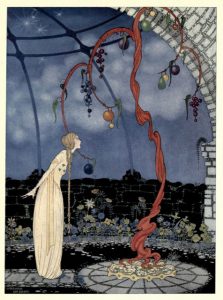
Old French fairy tales, by Comtesse De Segur; illustrated by Virginia Frances Sterrett.
Philadelphia, The Penn publishing company [c1920].
As suggested by Mary Elings of the Bancroft Library, this collection of children’s stories was written by Sophie Feodorovna Rostopchine, Comtesse de Ségur. A French writer, she was born in Russia and exiled along with her family as a teenager.
The illustrations by Virginia Frances Sterret really steal the show, though, and make the book a true piece of art. To the left, you can see the image of curious Rosalie and the jeweled tree from the story “The Little Gray Mouse”.
Helen Henry and Gail Yokote, UC Davis
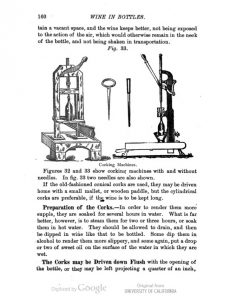
The Wine Press and the cellar; a manual for the wine-maker and the cellar-man.
San Francisco: Payot, Upham & Co.; 1883.
This book was chosen to represent the University of California, Davis’ as the premier collection of Viticulture and Enology, the largest, most well known resource for the study of wine-related research in the country.
The author Emmet Hawkins Rixford came to San Francisco in 1869 to practice law; his avocation soon became wine-making. He drew on American and European sources to write The Wine Press and the Cellar. Rixford purchased forty acres of land in Woodside on the San Francisco Peninsula to experiment with plantings of cabernet, sauvignon, merlot, verdot and malbeck. In 1915, he was lauded in the American Wine Press, which noted “It is the work of just such men as Mr. Rixford that has done much to raise the standard of California vintages… Leon Adams, dean of American wine writers, states in The Wines of America that Rixford grew some of the most prized of all California Cabernets.” Rixford’s book was the first and only publication in English at the time containing a clear description of the practical cellar work that guided the transformation of grapes to wine. (From forward by Paul Draper in the 2008 special edition of Rixford’s book).
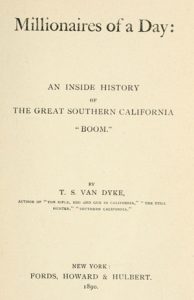
Millionaires of a day: an inside history of the great southern California “boom.”
New York: Fords, Howard & Hulbert, 1890.
A fascinating saga of early Southern California history that will interest citizens of California, scholars, and students alike.
Gary Strong, UCLA
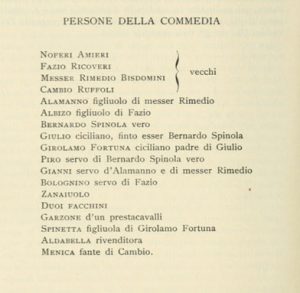
Commedie del cinquecento
Bari: G. Laterza, 1912.
An example of the rich collection of Italian comedies at UCLA, Commedie del cinquecento, collects plays from the age of Machiavelli and Cosimo I de’ Medici into a two-volume set. These and many other works of the Renaissance Italian theater are available online via HathiTrust.
Bruce Miller, UC Merced
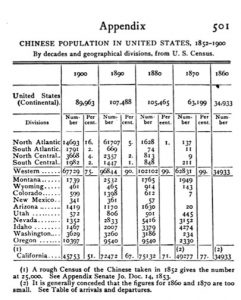
Chinese immigration
New York: H. Holt and Co., 1909.
Mary Roberts Coolidge, a Stanford professor and the first woman to hold a full-time faculty appointment in sociology, published Chinese Immigration during a time when the topic of Chinese immigration was as controversial as the topic of illegal immigration is today. This scholarly study of popular and legislative backlash against immigrants whose mere presence was seen as both an affront and a threat to the prevailing social order raises pertinent insights that still speak to the multi-racial, highly international milieu that is the Golden State of 2010.
Ruth Jackson, UC Riverside
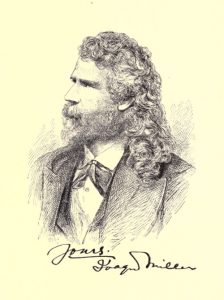
Songs of Summer Lands
Chicago: Morrill, Higgins and Co., 1892.
UCR is excited about our participation in the UC Libraries’ collective mass digitization enterprise and is thrilled that we have collectively reached our 3 millionth record in a very short time span. These digitized books provide 24/7/365 access to scholarly and classic resources for all students, faculty, and the public for research, teaching, learning and leisure reading. These digitized resources highlight the rich treasure trove of books available at both UCR and in the UC enterprise and also preserve the content for future generations and protect the content from natural and man made disasters.
Brian Schottlaender, UC San Diego
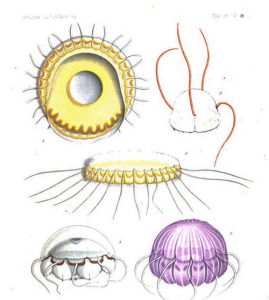
The Medusae
Cambridge: Harvard, 1909.
This volume is an important part of the Scripps Institution of Oceanography Library. The Medusae was written by pioneering ocean researcher Henry Bigelow, the founding director of the Woods Hole Oceanographic Institution. In 1904, Bigelow joined the Eastern Tropical Pacific expedition of the Albatross, a ship built by the U.S. government specifically for marine research. Bigelow documented 72 species of medusae and in the process helped lay a small part of the foundation for modern oceanography.
Early observations like Bigelow’s help us to understand change in the marine environment over time due to climate change, pollution, habitat degradation, overfishing and species invasions. This understanding may be vital as we attempt to understand what the future holds.
Karen Butter, UC San Francisco
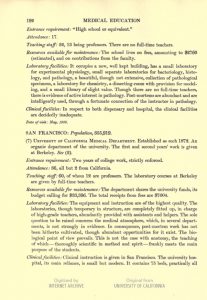
Medical education in the United States and Canada; a report to the Carnegie foundation for the advancement of teaching.
New York: Carnegie Foundation, 1910.
UCSF selected the following book because it is one century following the publication of the landmark Flexner Report — its recommendations created today’s system of medical education. The Flexner report called for a move from for-profit medical colleges to university-based medical education and rigorous training based on scientific inquiry and discovery.
Of interest is Flexner’s description of medical schools throughout the country in 1909. In his review of UCSF he praises the laboratory facilities where the equipment and instruction are of the highest quality and the university hospital which is small (75 beds) but modern and all beds are available for instruction.
This year three UCSF faculty members spearheaded the development of a new vision for the next Century of medical education, “Educating Physicians: A Call for Reform of Medical School and Residency.” UCSF is delighted to participate in opening the digital doors to its collection and to contribute to educating health professionals over the next century.
Lucia Snowhill and Sherry Dedecker, UC Santa Barbara
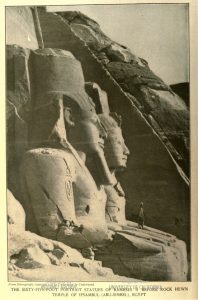
Library of Universal history and popular science…/introduction by Hubert Howe Bancroft
New York: Bancroft Society, 1910.
I pick the Library of Universal history and popular science, v. 1 in particular. I chose this volume because of the very interesting Introduction to this multi-volume series by Hubert Howe Bancroft, “Educational Value of the Study of History”, which gives insight into Bancroft’s approach to historical research.
Bancroft’s extensive writings about the history of the California and the West and his collection serving as a foundation for the exceptional Bancroft Library at UC Berkeley. The digitization of these works and the ability to make resources like these available through HathiTrust allow us to give such broad access to the richness of our UC library collections.
Ginny Steel, UC Santa Cruz
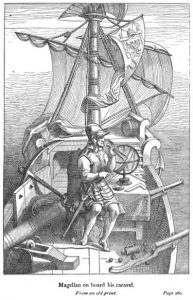
Famous Travels and Travelers
New York: Scribner, 1892.
From Hanno the Carthaginian to Sir Francis Drake, Jules Verne tells the stories of great European explorers. This 1892 translation of Verne’s Histoire des grands voyages et des grands voyageurs originally published between 1870 and 1880, is perhaps more valuable for its exciting narrative than for strict historical accuracy. Verne’s words are made even more vivid by illustrations and facsimiles of older drawings depicting the adventures of its subjects.
Laine Farley, CDL
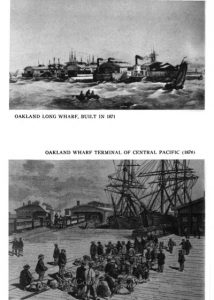
San Francisco, the bay and its cities
New York: Hastings House, 1940.
CDL selected this book as an example of its vision to elevate the digital library to become “expansively global and deeply local”. Commissioned during a time of even greater financial hardship, this book and others in the Federal Writers Project series express to the world the pride, resilience, and expansive outlook that has characterized our history. This in-depth look at the San Francisco bay area is so much more than just a travel guide with its expressive writing, anecdotal approach, and period photographs and maps. The guide provides a detailed description of the region as it existed in 1940, just prior to its growth as a military center during World War II. In addition to the expected summaries of historical sites and tourist attractions, it contains surprising highlights of local lore, many of special interest to UC and its libraries.
The section on Oakland reveals that in 1870, shortly after the completion of the first overland rail service, “there were two banks, three newspapers, and a city directory. Gas lamps illuminated lower Broadway….The University of California (later moved to Berkeley) was ‘spreading light and goodness’”. In another section touting education in the region, there are several examples of how scholars at UC, Stanford and other institutions have helped the state through their research. An anecdote describes how Josiah Royce, “one of the truly ‘great men’ who have come from the University of California, speaks of climbing around under the eaves of Bacon Hall, where the books belonging to the old College of California were stored. There, where deep dust stood on ancient theological and scientific treatises, he gathered, according to his own statement, the most profound intellectual impressions of his life.” Another story reveals how the widow of Alexander F. Morrison “led her guests, one evening after dinner, to a garret lit up like an Aladdin’s cave with the splendor of 15,000 books which she wished to give to the university as a memorial to her husband. These books…were not to be swallowed in the catacombs of the stacks, but were to form a room of their own where students, sans notebooks, might genuinely recreate themselves intellectually”, just as they do today in UC Berkeley’s Morrison Library.
Thanks to HathiTrust’s full text search, it is possible to find every mention of Lake Merritt, the Oakland landmark near CDL’s offices that is a favorite lunch time destination and inspiration for the name of CDL’s recently launched preservation service. Along with a bird’s eye photograph of the lake, there is information about how it became a water fowl sanctuary in 1869.
There are countless other tales, facts and descriptions of UC Berkeley and UC San Francisco (known as the Medical College) in this book that was digitized from UC Santa Cruz. The introduction credits dozens of UC faculty and librarians from university, public and newspaper libraries in the region for their assistance with research. Prior to being digitized, this book was last checked out in 2003 according to the slip in the back of the book, but now it is accessible to the world.
